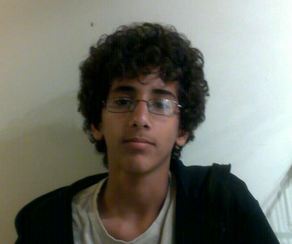After Month of False “Transparency,” Administration Invokes Secrets Again
During the entire past month of leaks on targeted killings, I suspected that when the government finally got around to responding to the NYT and ACLU FOIAs for the OLC memo authorizing Anwar al-Awlaki’s death, it would once again claim the topic it had been leaking profusely about was too secret to release.
Call me cynical, but I’m still waiting for the Administration to say all this non-specific disclosure means it can tell the ACLU to take a hike.
They’re getting pathetically predictable.
The Executive Branch has determined that, while the government can acknowledge the existence of some documents responsive to the FOIA requests that form the basis of this lawsuit, for the most part it cannot provide public details regarding the classified documents that are withheld; even to describe the numbers and details of most of these documents would reveal information that could damage the government’s counterterrorism efforts.
There are two things that are especially illegitimate about this response. The response points to two of the speeches given precisely to provide a false sense of transparency about its assassination program.
One result of that analysis has been a series of speeches by the State Department Legal Adviser, by the Department of Defense General Counsel, by the Attorney General, and by the Assistant to the President for Homeland Security and Counterterrorism that have set forth for the American people the legal analysis and process involved in the determination whether to use lethal force.
[snip]
Since the filing of these cases, senior U.S. officials have publicly addressed significant legal and policy issues pertaining to U.S. counterterrorism operations and the potential use of lethal force against U.S. citizens who are senior operational leaders of al-Qaida or associated forces. Bennett Decl. ¶ 17. These include speeches by Attorney General Eric Holder on March 5, 2012, and by Assistant to the President for Homeland Security and Counterterrorism John Brennan on April 30, 2012, addressing the circumstances in which it would be lawful to use lethal force against such U.S. citizens, and the process employed by the government in making decisions to employ targeted lethal force, respectively.
[snip]
Because the CIA is a critical component of the national security apparatus of the United States, and because the speeches covered a wide variety of issues relating to U.S. counterterrorism efforts, it does not harm national security to reveal that copies of the Attorney General’s and Mr. Brennan’s speeches exist in the CIA’s files.
Of course, within minutes of the completion of Brennan’s speech, I and others noted that it was obviously misleading since it focused only on targeted killings and not signature strikes. Then as the flood of information on the drone program continued, it became even more clear how much Brennan’s speech served as self-serving propaganda.
When Brennan gave his drone speech on April 30, I–and a few other people–noted that the speech was already outdated. Brennan did admit, unequivocally, that we use drones to kill people.
So let me say it as simply as I can. Yes, in full accordance with the law, and in order to prevent terrorist attacks on the United States and to save American lives, the United States Government conducts targeted strikes against specific al-Qaida terrorists, sometimes using remotely piloted aircraft, often referred to publicly as drones.
Yet he spoke repeatedly of targeting specific individuals.
Without question, the ability to target a specific individual, from hundreds or thousands of miles away, raises profound questions.

